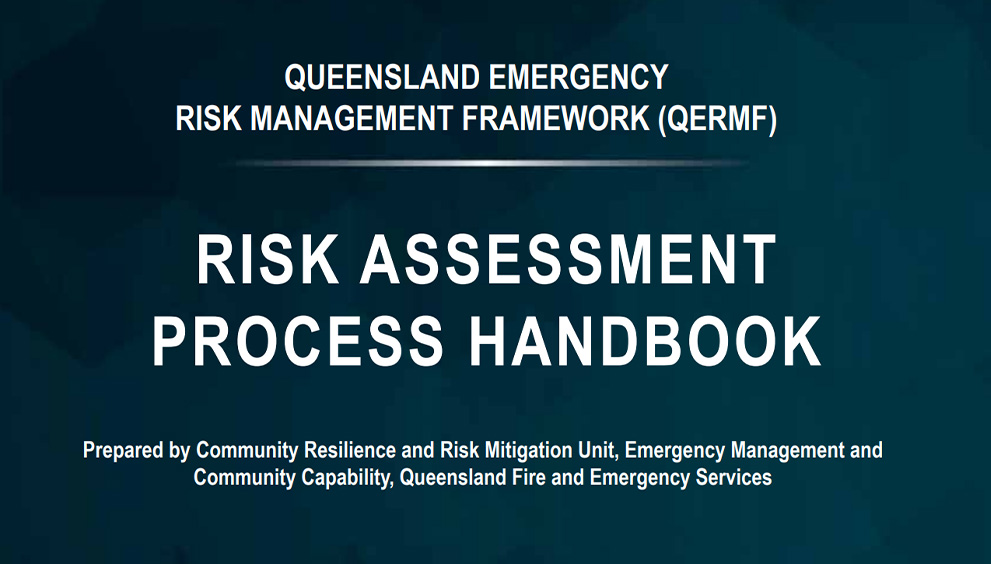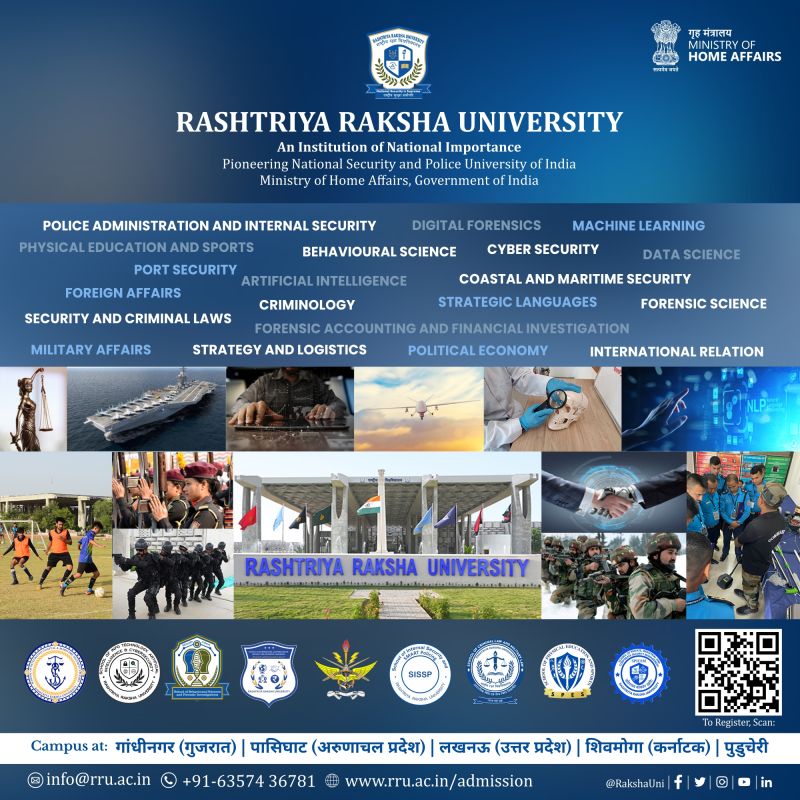by Cdr. Satyajit Roy
Introduction
In the vast expanse of the world’s oceans, the maritime industry serves as a vital lifeline for global trade, transportation and commerce. Yet, as ships navigate through the digital era, they encounter a new set of challenges posed by cyber threats. Maritime cyber security has emerged as a critical concern, necessitating a proactive approach to safeguarding vessels, ports, and maritime infrastructure against malicious actors.

Maritime Industry Overview
The maritime industry, comprising shipping companies, ports and related service providers, plays a pivotal role in facilitating international trade, with over 90% of global trade transported by sea. Over the years, technological advancements have revolutionized maritime operations, introducing automated systems, digital communication networks, and remote monitoring capabilities. However, this digital transformation has also exposed the industry to cyber security risks, as interconnected systems become susceptible to cyber attacks.
The International Safety Management (ISM) Code, supported by the International Maritime Organization (IMO) Resolution MSC. 428(98).
The Code and resolution stands as a cornerstone in ensuring the safety and security of maritime operations worldwide. Enacted in response to a series of maritime accidents in the late 20th century, the ISM Code sets forth comprehensive guidelines and standards for the management and operation of ships, emphasizing the importance of a safety management system (SMS) to identify, assess, and mitigate risks at sea. Resolution MSC. 428(98) further enhances the implementation and enforcement of the ISM Code, providing a framework for flag states, classification societies, and maritime administrations to collaborate in promoting a culture of safety, continuous improvement, and accountability across the maritime industry. By adhering to the principles outlined in the ISM Code and supported by Resolution MSC. 428(98), ship-owners and operators can uphold the highest standards of safety, environmental protection, and operational excellence, thereby safeguarding lives, property, and the marine environment.
Cyber Security Challenges in Maritime Domain
The maritime sector faces a multitude of cyber security challenges, each presenting unique vulnerabilities and complexities:
- Complexity of Systems: Modern vessels are equipped with a myriad of interconnected systems, ranging from navigation and propulsion to cargo management and communication. This complexity amplifies the attack surface, making it challenging to identify and mitigate vulnerabilities.
- Human Factor Vulnerabilities: Crew members, often the first line of defense against cyber threats, can inadvertently introduce vulnerabilities through actions such as clicking on phishing emails or connecting unauthorized devices to ship networks.
- Supply Chain Risks: The maritime supply chain encompasses a diverse network of suppliers and service providers, increasing the risk of supply chain attacks that target critical infrastructure and operations.
- Lack of Regulation and Standards: Unlike other industries, the maritime sector lacks comprehensive regulations and standards for cyber security, resulting in inconsistencies in cyber security practices across organizations.
- Legacy Systems: Many vessels, especially older ones, rely on legacy systems that lack adequate security features and receive limited software updates, leaving them vulnerable to cyber attacks.
- Geopolitical Considerations: Maritime cyber security can be influenced by geopolitical tensions, with state-sponsored actors targeting critical infrastructure for espionage or disruption.

Resilience Strategies
To effectively mitigate cyber security risks in the maritime sector, organizations can adopt the following resilience strategies:
- Robust Network Segmentation and Access Controls: Isolating critical systems from non-essential ones help minimize the impact of cyber attacks and unauthorized access.
- Crew Training and Awareness Programs: Educating crewmembers about cyber security best practices empower them to recognize and report suspicious activities, reducing the risk of human error.
- Supply Chain Risk Management Practices: Vetting vendors, enforcing security requirements and regularly auditing suppliers’ security controls helps mitigate supply chain risks.
- Development of Cyber Security Standards and Guidelines: Collaborating with industry stakeholders to establish cyber security standards tailored to the maritime sector enhances consistency and compliance across organizations.
- Compensating Controls for Legacy Systems: Implementing network monitoring, intrusion detection systems and regular vulnerability assessments helps mitigate risks associated with legacy systems.
- Incident Response Planning and Collaboration: Developing robust incident response plans and collaborating with government agencies and industry partners enables organizations to effectively respond to cyber security incidents and minimize their impact.
Case Study: NotPetya Cyber Attack on Maersk
One of the most notable cyber incidents in the maritime industry was the NotPetya ransomware attack that struck Maersk, the world’s largest container shipping company, in 2017. The attack disrupted Maersk’s global operations, causing widespread chaos and financial losses. However, Maersk’s response to the incident serves as a testament to resilience, as the company swiftly implemented measures to restore operations and enhance cyber security defenses.
Conclusion
As the maritime industry continues to embrace digitalization, cyber security must remain a top priority to ensure the safety, security, and resilience of maritime operations. By understanding the unique cyber security challenges facing the sector and implementing proactive resilience strategies, organizations can navigate the complex cyber landscape with confidence and safeguard critical assets against evolving threats. Collaboration, innovation, and a commitment to cyber resilience are essential for the sustainable growth and prosperity of the maritime industry in the digital age.
Top of Form
Bottom of Form
Acknowledgements & Sources: Aquilon, Naval Communications, Maritime Cyber Security, OSInt,




















